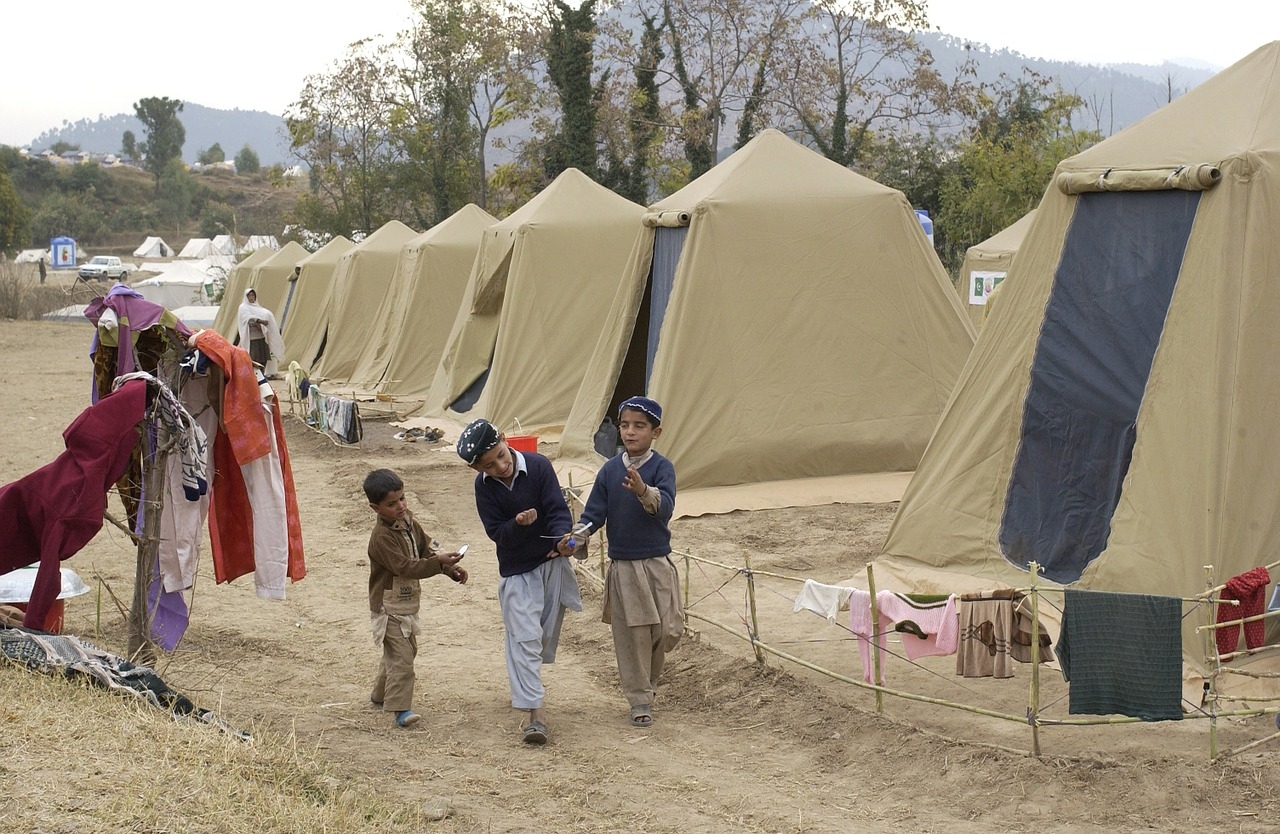China uses technology to track COVID-19 — will the West follow
Above: In China, a green QR code is confirmation of a positive health and travel status, allowing an individual access to transit, businesses and more. Photo: France24
Chinese Premier Li Keqiang delivered a speech on May 22 to China’s National People’s Congress (NPC) laying out the country’s post COVID-19 strategy. His key message was that “The pandemic is not over.” He told delegates that the plan moving forward is focused on protecting employment, livelihoods, businesses, and supply chains from collapse.
Many Western countries, including Canada are pursuing a return to ‘normal’ or what some describe as a ‘new normal.’ Li said the plan for China will be the “normalization of prevention and control”. This involves ensuring there are measures in place to track and trace people via widespread temperature controls and social distancing measures.
Li stressed that continued vigilance against the coronavirus is the underpinning that will determine everything from macro-level strategy down to micro-level policy for the foreseeable future. The policy is designed to ensure China has procedures in place to deal with any new or localized outbreaks of the virus – as recently occurred in China’s north-eastern provinces. Li made it clear that in the coming year all government policy making and efforts toward socioeconomic development will occur in coordination with China's overall pandemic prevention and control strategy.
Li stressed the challenges ahead in dealing with the coronavirus and noted that successes in battling COVID-19 had come “at great cost”. His strategy for mitigating the damaging effects of COVID-19 was summed up in the short slogan, the “Six Protections” which are defined as: job security, people’s livelihoods, businesses, food and energy security, stable industrial and supply chains, and the functioning of the lower levels of the Chinese government’s five-level hierarchy.This slogan is in line with the Chinese government’s overall program of ensuring stability in employment, finance, foreign trade, investment, and market expectations.
In implementing the strategy, the Chinese government will permit a ¥1 trillion (CAD $230 billion) rise in the fiscal deficit and will earmark ¥1 trillion of special governments bonds “COVID-19 control”. The funding will be transferred to local governments to support employment, basic needs and businesses. Rather than returning the economy and society to 'pre-COVID-19 normal" by relaxing restrictions (as many European countries are trying to do), China has made prevention and control of the epidemic front and centre for the foreseeable future.
Digital surveillance and health apps, like the popular one designed by China’s tech giant Alibaba, are the 'new norm' and are playing a significant role to help prevent a second COVID-19 outbreak in China. Users scan QR codes before boarding buses, trains, planes or entering hospitals or other public buildings, offices and even their own housing complexes. These apps share information about a persons health status or travel history and can trace whether a user has been in contact with infected people. The program was relatively easy to implement in China given the ubiquitous WeChat app used by over one billion Chinese citizens for everything from shopping to personal communications, entertainment,news, information and transit. The use of mobile phone apps as a technological safeguard to combat the pandemic is widely accepted. The consensus of Chinese citizens seems to be that in using these apps they are contributing to the national effort to protect society from another COVID-19 outbreak.
The World Health Organization has confirmed that these apps help when governments implement quarantine measures. They have proven successful in Singapore, Taiwan and South Korea. However, in many Western countries, their use can be controversial because of larger concerns regarding privacy laws and the sharing of personal information. Key to the successful implementation of these apps in the West to track COVID-19 will be the ability of governments to convince people to use them without fear of having their data protection rights violated. To date, several Canadian provinces, American states and European countries have begun testing these apps and technologies in their jurisdictions.
German virologist Christian Drosten, an advisor to the German government, said that “it makes sense to use such tracking technology in the early stage of the virus in particular”. The Germans hope to make available a non-compulsory app that will be able to identify if a phone user was in close contact with another infected user. The app will only really be able to function if 60 per cent of the population uses it. In Germany, it won't be as easy as in China, Singapore, or Taiwan to reach such a percentage. But the lesson from China and Singapore that is increasingly resonating in the West is that people who have already lost their jobs, or are scared of losing them and their livelihoods, may now be more inclined to accept the use these apps if it means beating back COVID-19.









